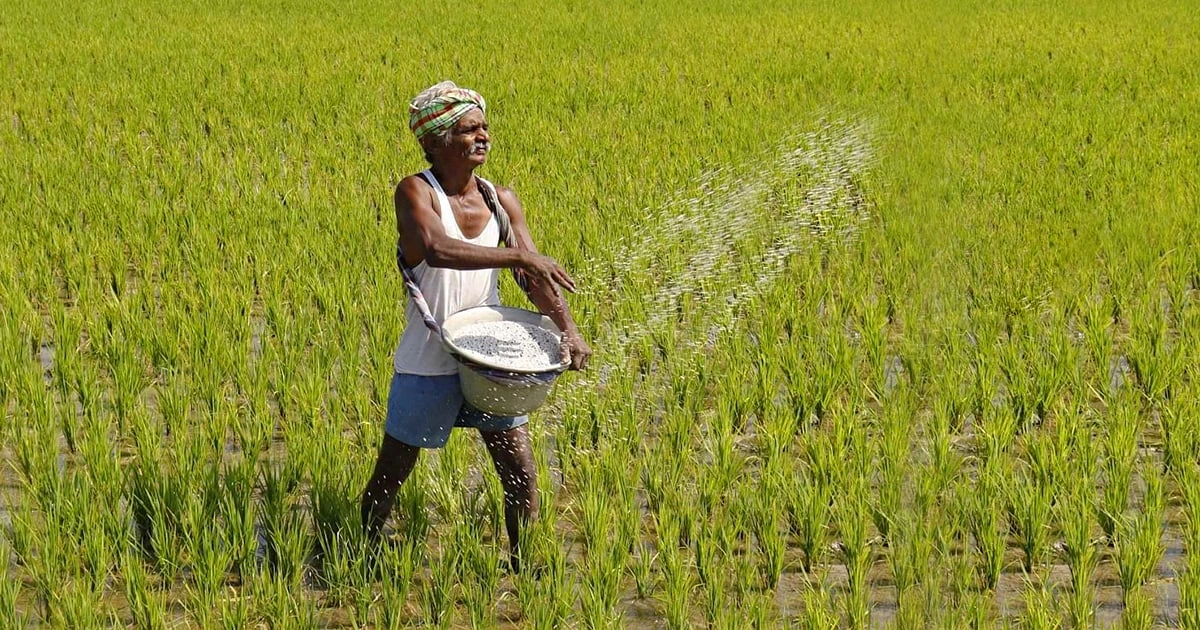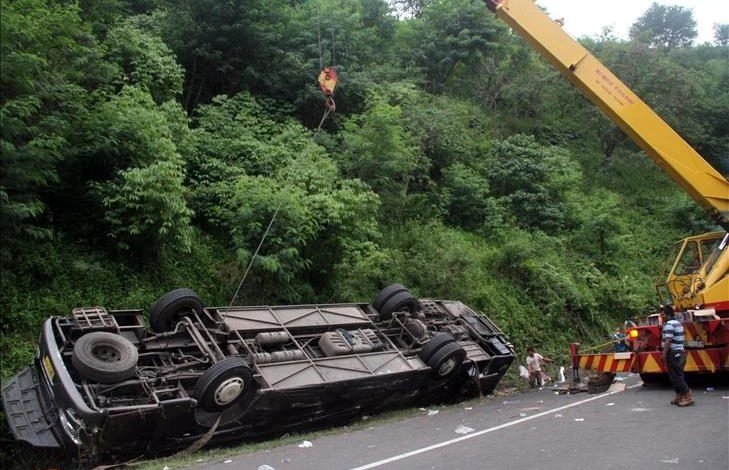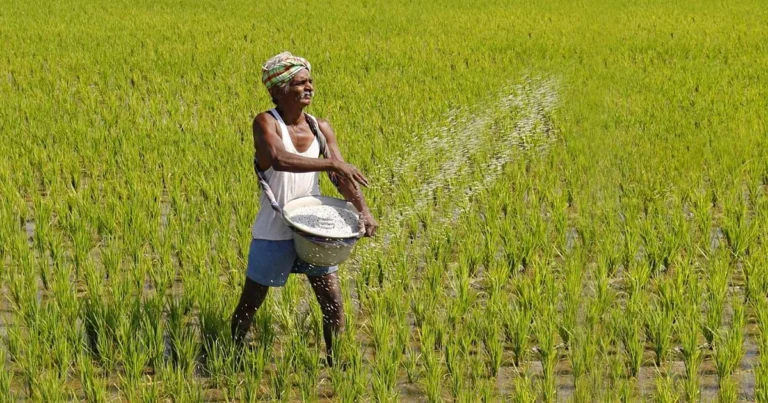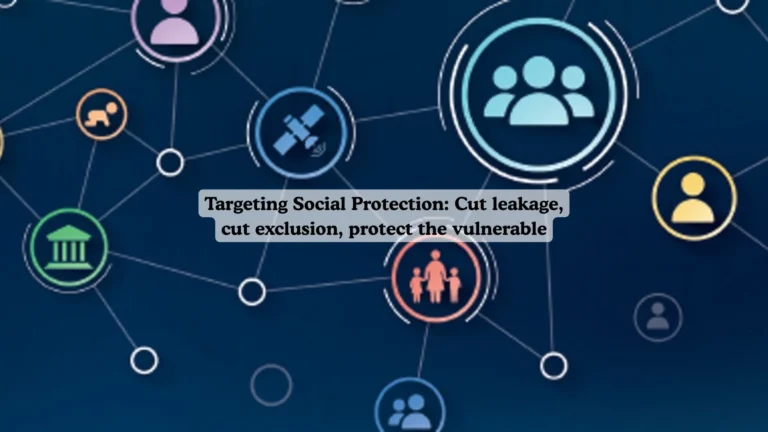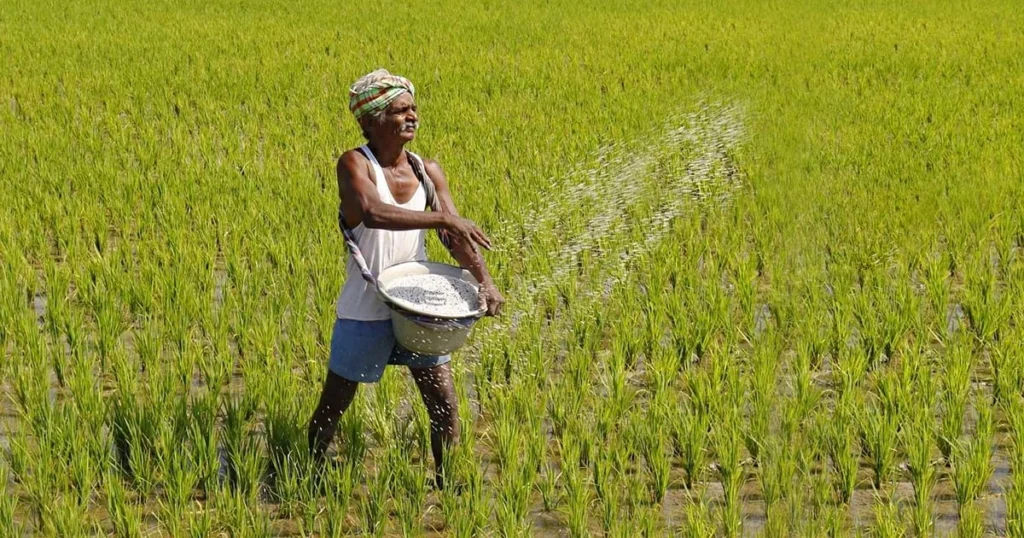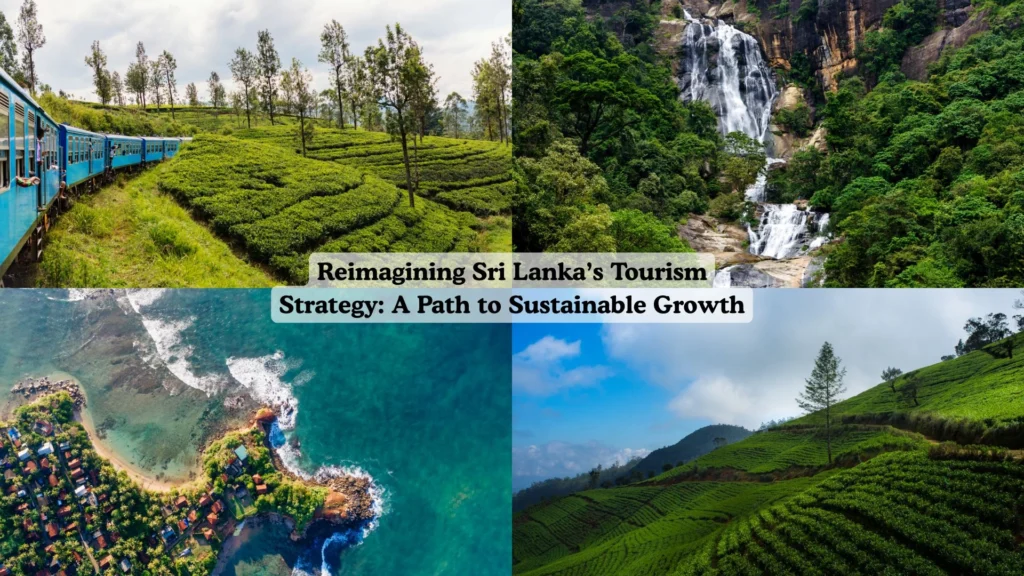Why this matters
Fertiliser policy shapes food prices, farmer incomes, the budget, and the environment. Sri Lanka has swung from heavy input subsidies to the 2021 ban on chemical fertiliser and back to subsidised supply and cash-type vouchers. Getting this right is central to stable rice prices and rural incomes, but also to fiscal consolidation and soil health.
A short history in one page
Pre-2021: Input subsidies (notably for urea) lowered farm costs but were poorly targeted and fiscally costly.
2021: An abrupt import ban on chemical fertiliser and pesticides aimed at a rapid organic shift. Output fell and export crops suffered; the policy was reversed within months. Multiple studies document yield and income losses.
2022-2025: Government reintroduced support via cheaper imported stocks and per-hectare vouchers in Maha/Yala seasons (e.g., LKR 15,000–20,000 per hectare caps; additional allocations in 2024/25). Budget discussions indicate subsidies continue for paddy alongside seed and irrigation investments.
What the subsidy gets right
- Stabilises paddy costs and yields. Timely access to nitrogen, phosphorus, and potassium supports baseline yields, especially when global prices spike. This lowers price volatility for rice.
- Political and social insurance. Input support signals commitment to rural welfare during recovery and helps avoid another “policy shock” like 2021.
- Operational simplicity. Per-hectare vouchers are easier to administer than precise, plot-level agronomy prescriptions, especially where extension capacity is thin.
The core problems
- Poor targeting and regressivity. Larger and wealthier farmers with more land capture a bigger share of a uniform per-hectare subsidy. Evidence shows higher-income households are more likely to receive benefits under acreage-linked schemes.
- Fiscal pressure and trade-offs. Even “modest” unit subsidies add up at scale (tens of billions of rupees in recent seasons), crowding out investment in extension, storage, and irrigation O&M that lift productivity more durably.
- Input overuse and soil imbalance. Price distortions bias farmers toward subsidised nitrogen and away from balanced N-P-K use and organic matter. Long-run soil health suffers without integrated nutrient management.
- Leakage and timing failures. Delayed tenders, logistics gaps, or weak farmer registries can push planting decisions off-schedule. Late delivery cuts yield more than the nominal subsidy saves.
- Policy credibility after 2021. The abrupt ban and reversal lowered trust. Farmers now demand consistency and predictable access above all else. Restoration of credibility is a first-order objective.
Lessons from 2021 worth keeping
- Do not use abrupt bans to manage forex. The 2021 stopgap to save dollars backfired through lower output and export earnings. Reforms must be phased, signalled, and supported.
- Organic inputs are complements, not immediate substitutes. Compost and bio-fertilisers can improve soils, but nutrient availability, logistics, and on-farm labour constraints limit rapid replacement of mineral fertiliser.
- Evidence beats ideology. Monitoring yield, soil tests, and profitability by crop and region should drive decisions, not slogans.
What a smarter subsidy looks like in practice
- Target the right farmers, not just the right inputs.
Shift from acreage-linked amounts to means-tested, capped support using the digital farmer registry, land records, and bank/KYC data. This trims leakage to large landholders and protects smallholders. Pair any cuts with temporary cash transfers during transition. - Pay for outcomes that matter.
Keep a simple base voucher for N-P-K but add small top-ups for balanced application verified through receipts (N:P:K ratios) or co-financed soil tests. Start with paddy districts where extension capacity exists. - Time is yield.
Lock procurement calendars with season-anchored service-level agreements and publish delivery dashboards down to the ASC level. A kilogram two weeks early beats two kilograms late. - De-risk price shocks without distorting use.
Replace deep per-unit discounts with a narrow “price band” insurance: the state compensates only when global urea exceeds a trigger, paid as e-cash to farmers. This preserves price signals while cushioning shocks. - Fund the agronomy, not just the bag.
Earmark a fixed share of the fertiliser budget to extension, soil testing, and water management. Balanced fertilisation pays only if water control and varietal choice are right. - Keep export crops competitive.
Tea and other export crops suffered in 2021. Maintain reliable access to the specific nutrients they require, with zero tolerance for supply interruptions, given FX earnings at stake.
A realistic two-year roadmap
Season 1–2 (next Maha/Yala):
- Freeze policy. Announce rates and delivery timetables three months ahead.
- Roll out e-vouchers tied to the farmer registry; cap support per farmer, not just per hectare.
- Pilot balanced-nutrient top-ups in two paddy districts with strong extension units.
Season 3–4:
- Introduce the price-band insurance mechanism to replace ad-hoc hikes.
- Expand soil testing capacity; link a small bonus to test-informed plans.
- Publish on-time delivery scores for each district. Start trimming blanket subsidies where cash transfers can cushion poor households.
Season 5+:
- Lock in a hybrid model: targeted base support + market-linked insurance + agronomy services, with transparent fiscal limits and sunset clauses.
- Reallocate savings to post-harvest storage, seed systems, and irrigation efficiency that raise total factor productivity.
What to watch
- Budget cost and composition. Track rupees spent on bags versus services. Aim for a rising share on extension, seed, and water.
- Yield and input intensity. Monitor kg of grain per kg of N applied by district; reward districts that improve efficiency.
- Targeting accuracy. Publish the proportion of benefits reaching the bottom income quintiles. Course-correct every season.
- Credibility. Keep the policy unchanged within a season. No mid-season surprises.
Bottom line
Sri Lanka needs fertiliser policy that is predictable, targeted, and agronomy-led. The 2021 episode showed the cost of abrupt, ideology-driven change; the years since show the limits of blanket subsidies. A leaner, smarter scheme backed by data, timed deliveries, and soil-balanced incentives can support farmer incomes, protect the budget, and rebuild trust.

